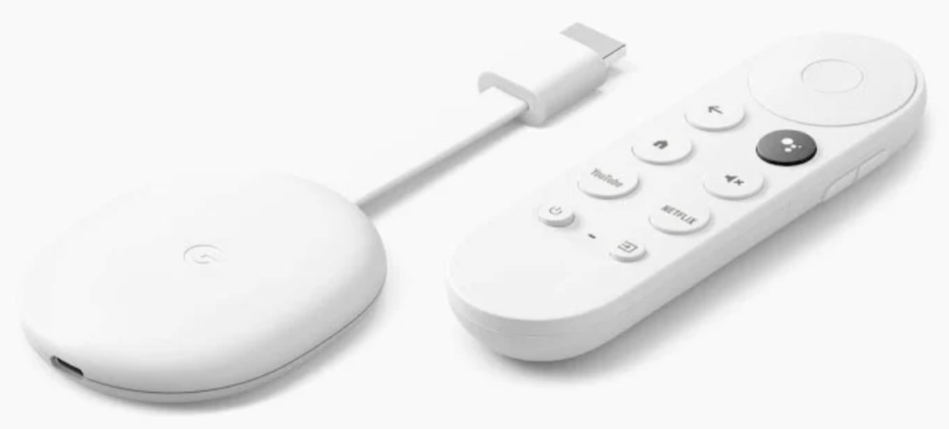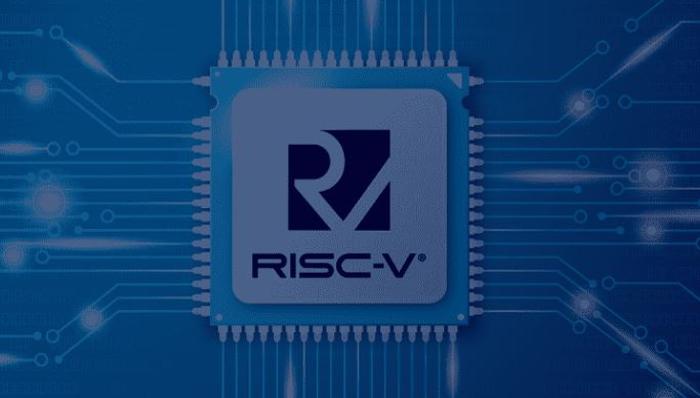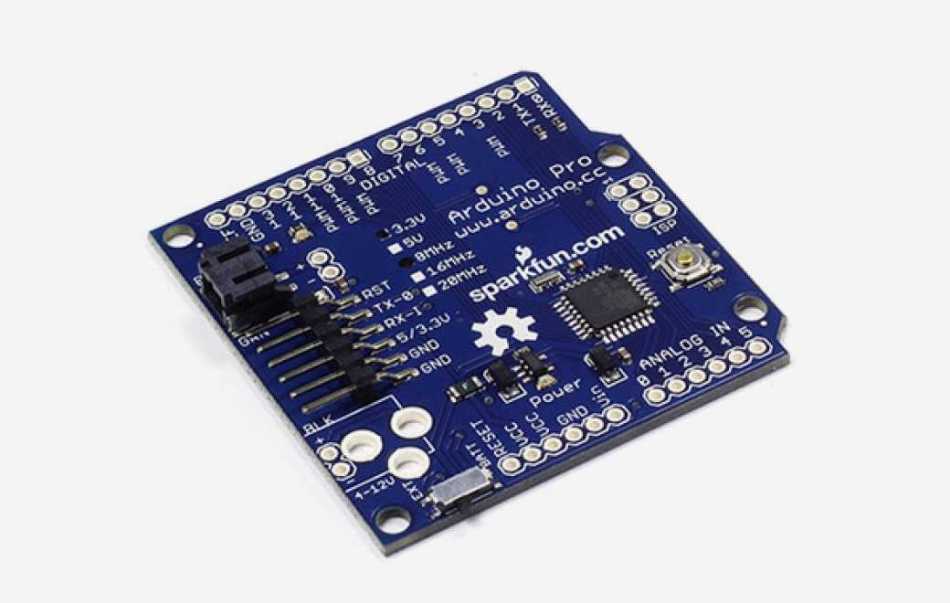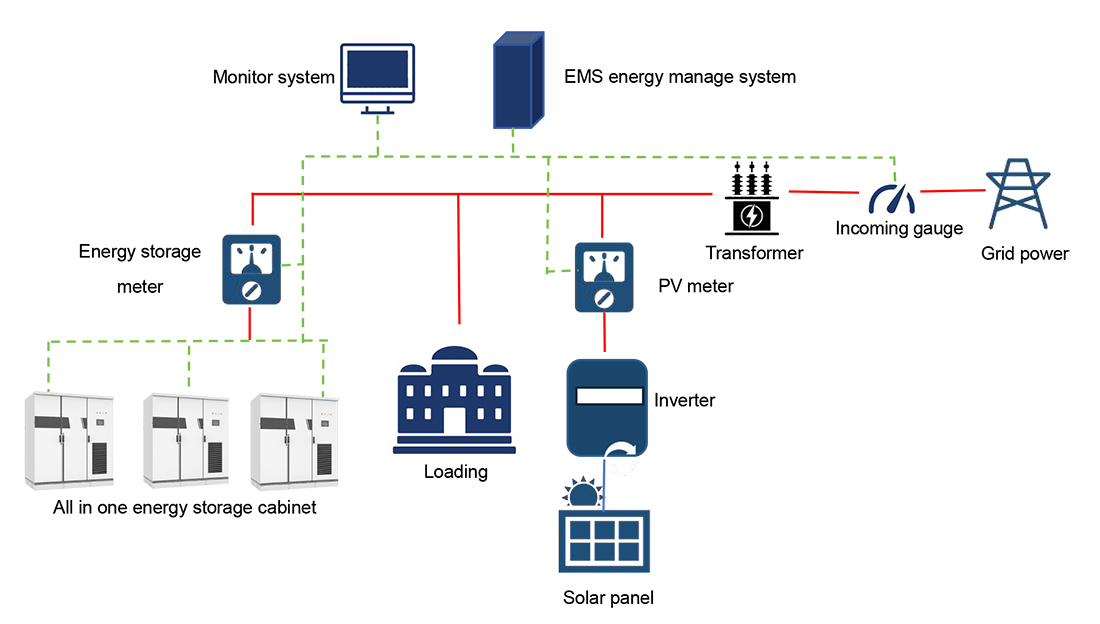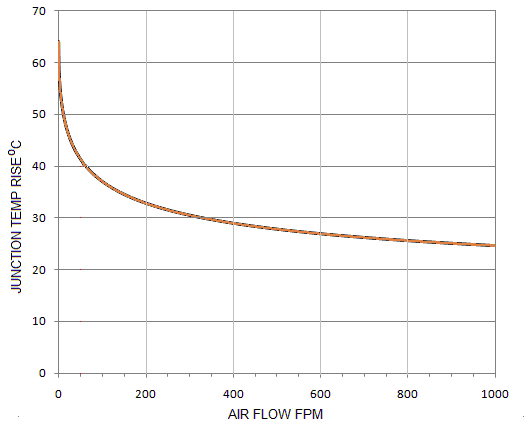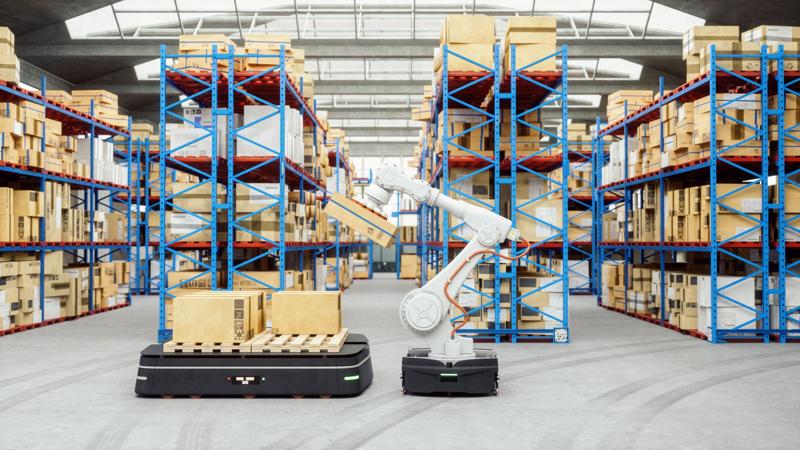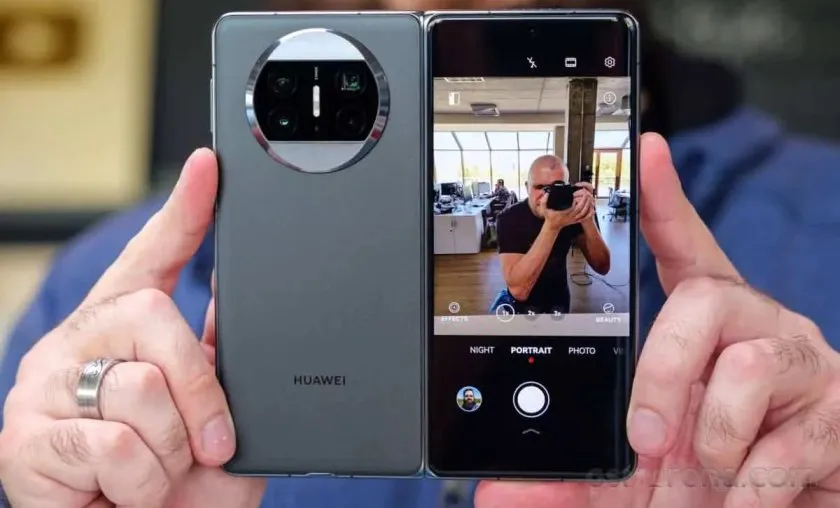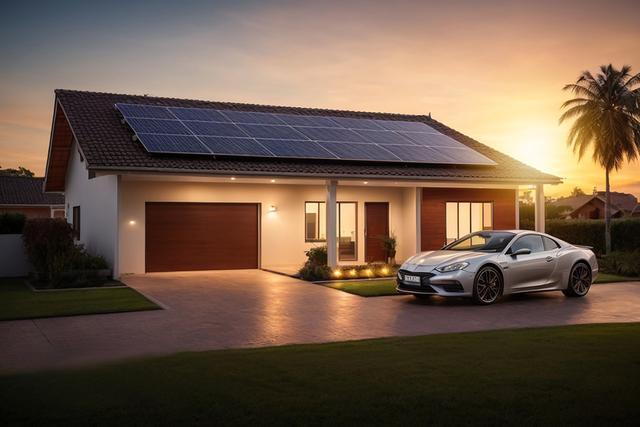
Putting the Google Chromecast back together
- Communications
- 2023-09-23 21:39:50
According to Aalyia, my recently published teardown of Google’s Chromecast with Google TV rapidly rose to the top of the site-traffic list and remains quite popular more than two months later (as I write these words in early July). As such, I’ve decided to accelerate the actualization of the aspiration I noted at the end of that earlier writeup, as well as expand my analysis from a modest comments post into a fuller standalone piece:
As you may have already noticed, I didn’t have to rip the top off any Faraday Cages this time; more generally, my disassembly of the device (including the pry-apart of the two halves of the clamshell case) was non-destructive…at least I think it was. I’m going to wait until this writeup is published, in case I need to snap any additional and/or replacement photos, etc., then I’ll clean off the rest of the old thermal paste and replace it with fresh grey goo, put the insides back in place and glue the two halves of the case back together, and see if it lives again.
Basically, what I’ll be documenting here is a teardown-in-reverse, beginning at the end of my earlier writeup and proceeding backwards toward the beginning, albeit starting with a fuller removal of the legacy blue thermal paste goo. Here’s what the requisite pieces looked like initially (one of them didn’t have any goo at all; I’ve included it for completeness):
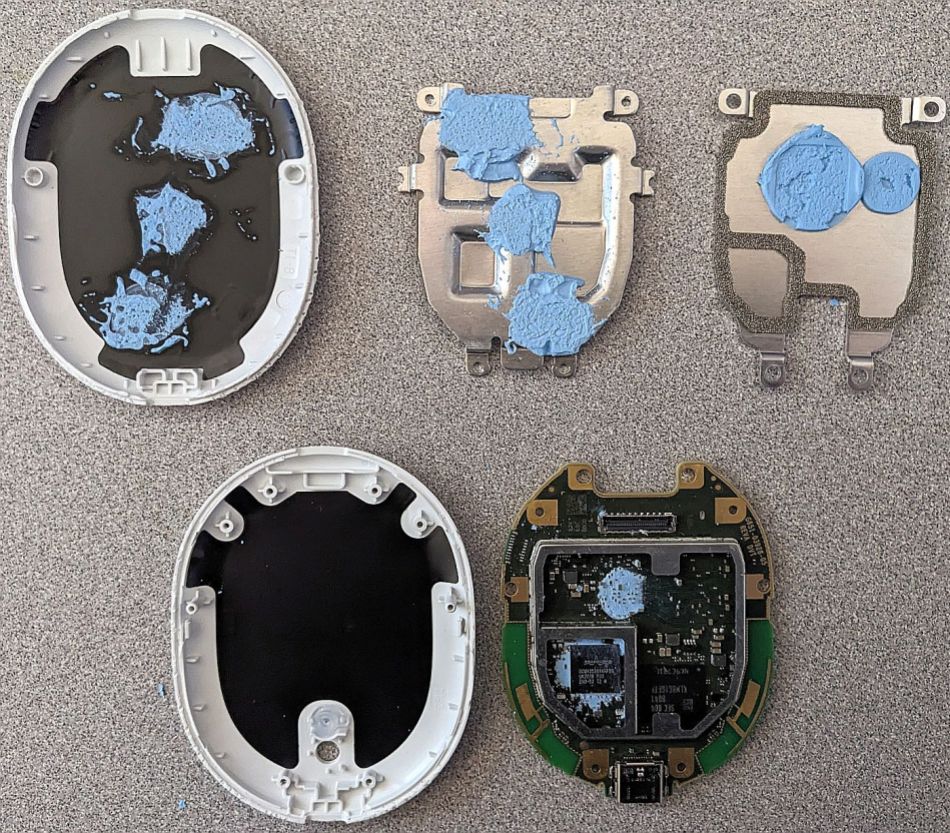




And here’s what they looked like after additional attention was given to the various bits by both my fingernail, a toothpick, and a tissue soaked in rubbing alcohol:


Obviously, I was going to need to replace the now-missing thermal paste with fresher stuff. While I could have gone with a (relatively, not absolutely, speaking) more expensive Arctic Silver or equivalent product, I also already had a bag of syringes full of generic paste lying around from past CPU reviews. They’re far more geriatric than the paste I’d just taken off, but I suspected that since the caps on the ends were still intact, the insides would also still be viable:

Yep, I was right (beginning with the underside of the PCB):

The paste held the heat sink in place securely:

Now for the lower half of the case (as mentioned in the earlier piece, terms like “upper”, “lower”, “underside”, “topside”, “bottom” and “top” are somewhat meaningless for a device like this for which orientation is mated HDMI plug position-dependent…nevertheless I persist…), initially shown here with the reset button detached:

Now with the button reinstalled, where it will hopefully mate cleanly with the PCB switch:

The PCB nestled back neatly within the case’s confines, with the reset button aligning perfectly with the switch and the PCB-located LED also visible through the case hole. This closeup also more clearly reveals that I was unable to fully remove the prior blue goo from the PCB topside:

Press-fit the HDMI connector back in place:

Augment the blue goo with fresh grey thermal paste:

And carefully place the heat sink back on top:

Six screws now need to be reinstalled: two for the HDMI connector, the other four for the two-heatsinks-plus-intermediate-PCB sandwich:

Dab more thermal paste at three points on top of the upper heat sink (I’d switched to my second thermal paste syringe at this point, and one that actually had already been partially used, but the cap on the end had still kept the remainder of the contents fresh: bonus!):

And press-fit the upper half of the case back into place, with the two halves held together solely by the earlier mentioned three dollops of thermal paste (later I’ll go back and put a bead of glue along the seam between the two halves for a more permanent adhesive bond):


At this point, I (temporarily) replaced the existing Chromecast with Google TV in my office with its hopefully resurrected sibling, connecting USB-C for power and HDMI to my ancient 28” widescreen LCD monitor via a 2-to-1 switch (the other HDMI input is fed by an Xbox 360). The white LED on the backside immediately turned on and began blinking, which was encouraging:

But I was initially disheartened when the Google Home app couldn’t “find” the device:

I tried a full factory reset to see if it’d help:


Alas, my connectivity results were seemingly no more encouraging than before. But at this point, I realized I hadn’t yet turned on the LCD connected to the device through the HDMI switch. Although this omission, I thought, wouldn’t have affected initial-setup success, I decided to do so anyway out of curiosity; I wanted to see if the Chromecast with Google TV booted at all. What I saw, after another power cycle, led to a brief but spectacular (IMHO) “happy dance”:





I hadn’t set up one of these devices in a while, and having not re-read the instructions to refresh my memory before plunging in (because why read instructions, right?) I’d incorrectly assumed that they operated similar to a prior-generation Chromecast or other Google-branded devices, with setup taking place solely within the Home app. After I added batteries to the associated remote control, they found each other automatically and device setup proceeded with no further frustration: the Home app located the Chromecast with Google TV and offered to wirelessly mate it with my Pixel 4a (5G) smartphone and activate it:



Huzzah!
In closing, a foreshadowing. As I mentioned in my earlier teardown, written and submitted for publication in mid-March:
Mine’s one of the original 4K resolution-capable units introduced in September 2020, not the newer (September 2022) and less expensive ($29.99 vs $49.99) albeit “only” 1080p-max “HD” model.
Well, I subsequently also picked up one of those newer Google Chromecast with Google TV HD (wow, that’s a mouthful!) devices, in late April when Walmart had them on sale for $19.98:

It looks just like its “4K” big brother, doesn’t it? Makes you wonder if the hardware is identical, and Google just differentiates the two devices solely via software, doesn’t it? There’s only one way to find out; it’s in my teardown pile, and I’ve promised Aalyia it’s near the top of the stack. Stay tuned for the “full monty” coming soon; until then, share your thoughts in the comments.
—Brian Dipert is the Editor-in-Chief of the Edge AI and Vision Alliance, and a Senior Analyst at BDTI and Editor-in-Chief of InsideDSP, the company’s online newsletter.
Related Content
Google’s Chromecast with Google TV: Car accessory similarity, and a post-teardown resurrection opportunity?Google’s Chromecast: impressively (and increasingly) up for the video streaming taskTeardown: Chromecast streams must have gotten crossedGoogle’s Chromecast: Is “proprietary” necessary for wireless multimedia streaming success?Sleeping with the Google nest hubPutting the Google Chromecast back together由Voice of the EngineerCommunicationsColumn releasethank you for your recognition of Voice of the Engineer and for our original works As well as the favor of the article, you are very welcome to share it on your personal website or circle of friends, but please indicate the source of the article when reprinting it.“Putting the Google Chromecast back together”

